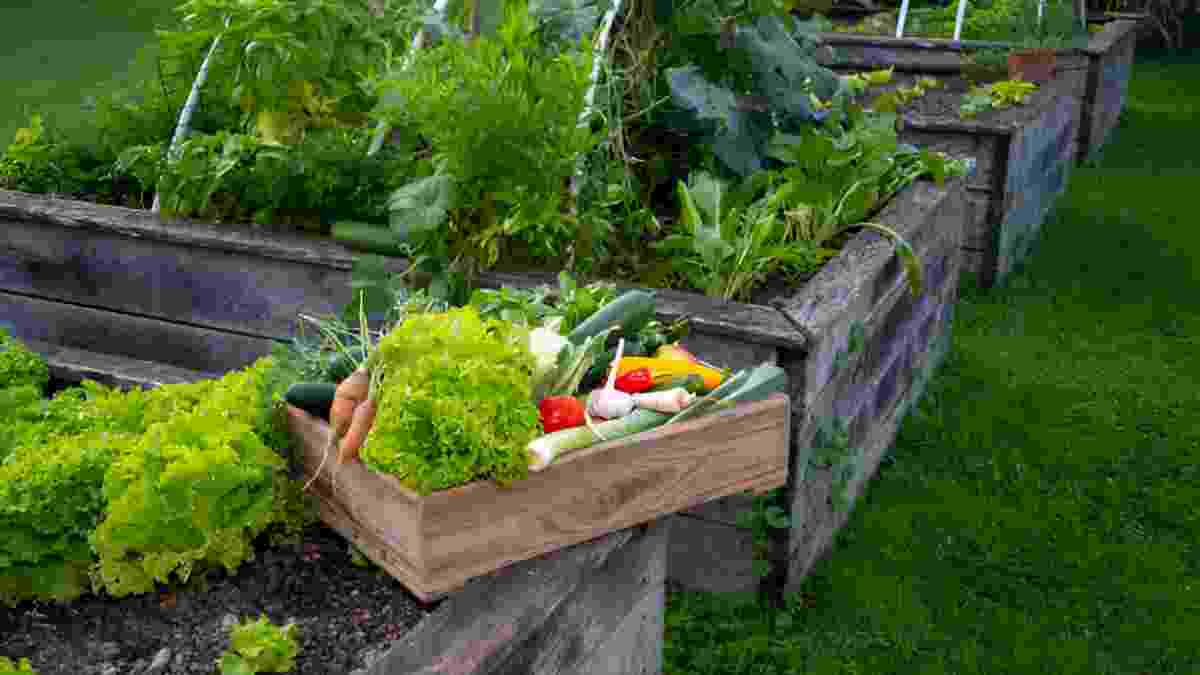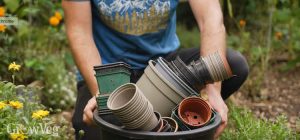Growing your own vegetables can be fun, healthy, and rewarding. But before planting, it helps to choose the right garden type. There are many ways to grow vegetables, and each one works better in different spaces, climates, and lifestyles. This article explains the most common garden styles and how each supports vegetable growing.
We’ll cover gardens like cottage, formal, container, and even indoor setups. You’ll also find ideas from French, Japanese, and Mediterranean gardening. Each type offers something useful. Whether you live in a city apartment or a house in the country, there’s a garden style that fits.
Learning about garden types can make your plants grow better and save you time and effort. It also makes gardening more enjoyable. Picking the right garden is a good first step for a great vegetable harvest.
How can cottage garden elements be used to grow vegetables?
Cottage gardens are colorful, full, and have a natural look. They mix flowers, herbs, and vegetables in a small, busy space. Flowers attract pollinators like bees, which help vegetables grow. You can plant vegetables like tomatoes or beans next to sunflowers or zinnias. The variety also helps keep pests away. Cottage garden layouts work well in small yards and feel relaxed.

How can formal garden layouts help organize vegetable planting?
Formal gardens use straight lines, shapes, and paths. These layouts keep vegetables in neat rows or beds. It’s easier to plan, water, and harvest. Formal designs are good for raised beds and crop rotation. You always know where everything is, which saves time and effort.
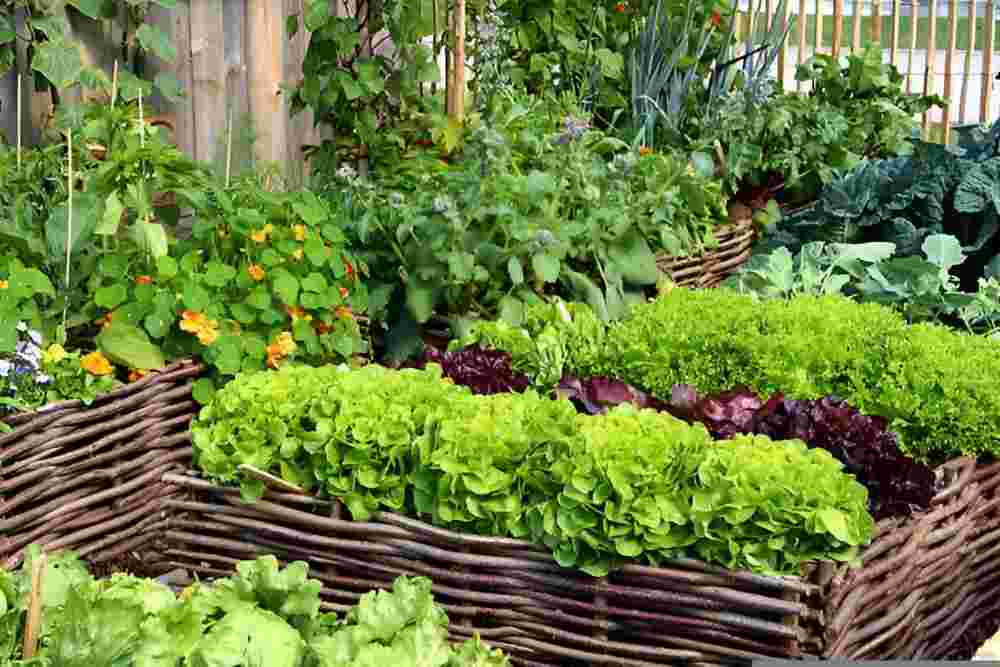
What role do container gardens play in small-space vegetable growing?
Container gardening is great for patios, balconies, and small spaces. You can grow vegetables in pots, boxes, or buckets. Lettuce, peppers, and cherry tomatoes grow well in containers. You can move them for better sunlight and protect them from pests. This method also uses less soil and water.
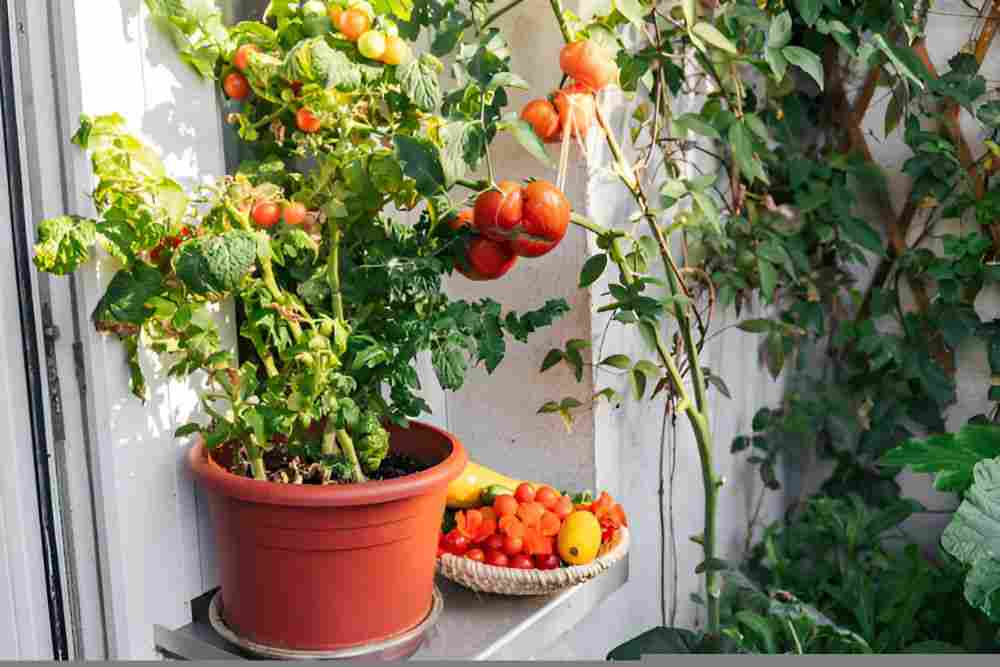
Which Mediterranean practices help with vegetable gardening in hot, dry places?
Mediterranean gardens use drought-tolerant plants and smart watering. Raised beds and mulch help keep roots cool and soil moist. Vegetables like eggplants, peppers, and herbs like thyme and rosemary grow well in this climate. Gravel paths and terracotta pots help reduce heat. These steps make it easier to garden in hot weather.
Can rock garden ideas work for certain vegetables or herbs?
Rock gardens use stones to keep heat and moisture in the soil. You can grow herbs like thyme, oregano, and rosemary here. These herbs like warm, dry spots. Rocks also help with drainage and keep weeds down. Small vegetables such as radishes or lettuce can grow well with this setup.
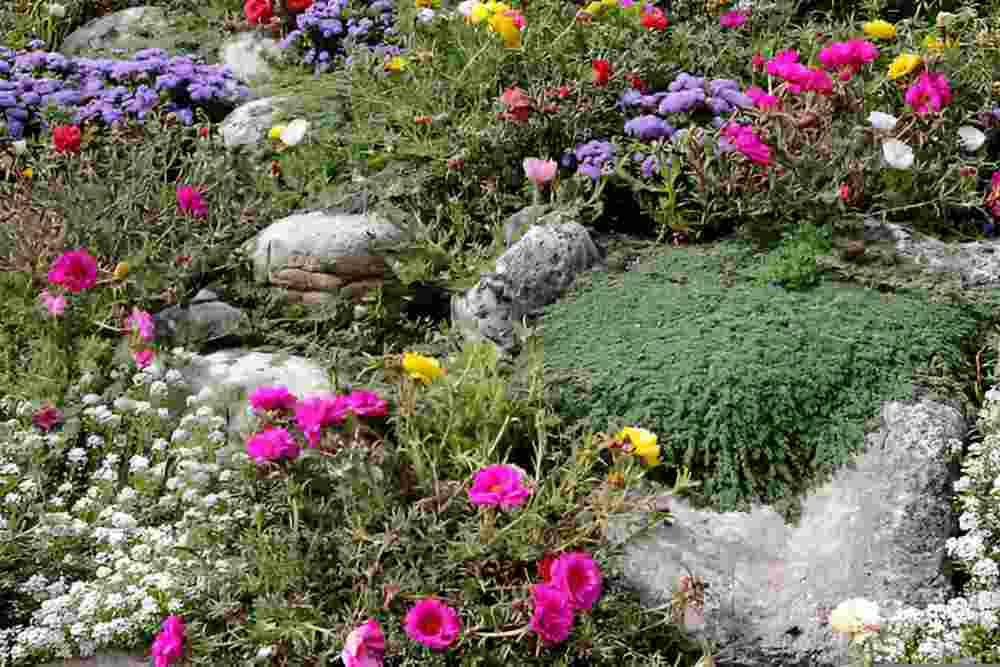
How do water garden methods help vegetables that like wet soil?
Water gardens or wet beds are good for vegetables like celery, taro, and watercress. These plants need constant moisture. You can use shallow ponds or create wet spots with mulch and water-holding soil. Just be careful not to overwater nearby plants.
What garden layouts work best for growing vegetables in cities?
Urban gardens use rooftops, walls, and small yards. Vertical gardens, raised beds, and containers are common. These let people grow food even in small spaces. You can grow lettuce, herbs, and tomatoes on balconies or windowsills. Urban gardens often use water-saving systems too.
How do flowers help with vegetable gardening?
Flowers bring pollinators like bees and butterflies. These insects help vegetables grow. Some flowers, like marigolds and nasturtiums, also keep pests away. Mixing flowers with vegetables makes the garden healthier and more colorful..
What can we learn from traditional French potagers?
Potagers combine vegetables, herbs, and flowers in neat, beautiful patterns. You can copy this by planting in circles or squares. This helps organize space and looks nice too. Potagers make the most of every bit of room.
Can Japanese design ideas help create peaceful vegetable gardens?
Japanese gardens focus on calm, balance, and order. In vegetable gardens, this means using clean layouts and natural materials. You can add paths, small stones, or bamboo edges. Growing vegetables in raised beds or neat rows helps keep things tidy and relaxing.
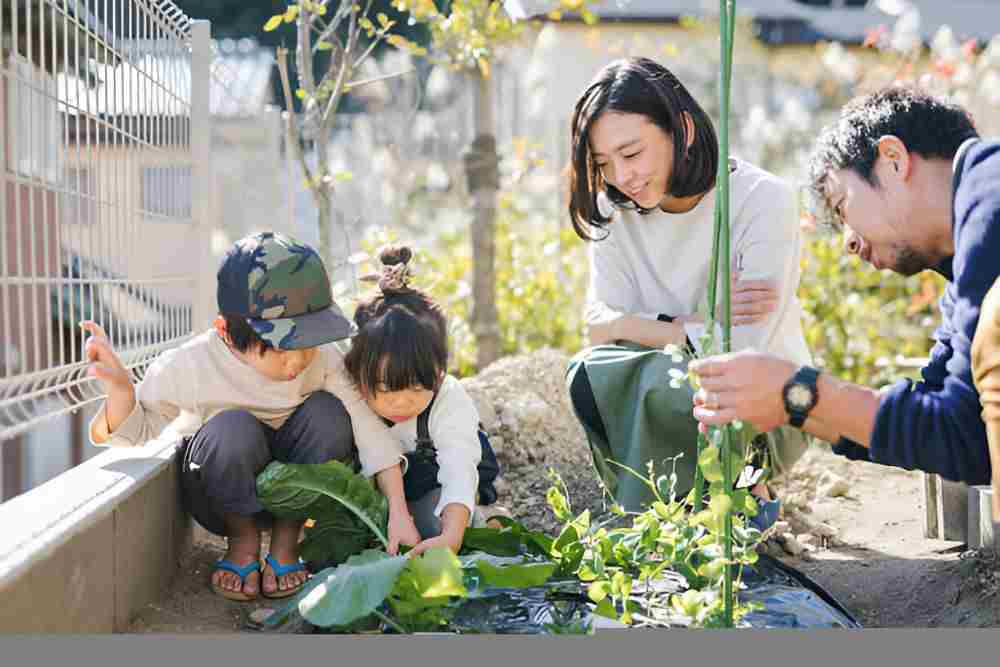
Which vegetables grow well in shaded woodland gardens?
Shaded gardens are cooler and get less sunlight. But leafy vegetables like spinach, lettuce, and kale grow well in shade. You can plant them along the edge of woodlands or under trees. These areas hold moisture better too.
Are there vegetables that like wet or boggy soil?
Yes, some vegetables grow well in wet areas. These include celery, leeks, and watercress. You can make a wet spot by digging a low area and adding compost and mulch. Keep moisture-loving plants together for best results.
How can Chinese garden traditions help with vegetable gardening?
Chinese gardens focus on balance and working with nature. They use composting, rainwater collection, and mixed planting. These ideas help save water and reduce waste. You can grow vegetables with herbs and small fruit trees. These traditions also teach patience and care.
How can English garden styles make vegetable gardens look nice?
English gardens are tidy but full of variety. You can grow vegetables in flower beds or use paths to organize the space. Raised beds, trellises, and climbing vegetables make it pretty and practical. Benches or arches make it feel welcoming.
Psychological Restoration in Urban Gardens: Influence of Garden Type and Biodiversity
Urban gardens offer a space for psychological restoration, but the extent of this benefit can depend on several factors. This study by Young et al. (2020) explores how different garden types (domestic vs. allotment) and levels of biodiversity (measured by the number of plant species) relate to the restorative effects experienced by individuals. The findings highlight that both the type of garden and the presence of diverse plant life can significantly impact a person’s mental well-being and stress reduction.
🔗 Read the full study on ScienceDirect
How do wildlife-friendly features help vegetable gardens?
Adding birdhouses, bug hotels, and native plants brings helpful animals. Birds and insects eat pests and help pollinate vegetables. This makes your garden stronger and more productive. It also supports the local ecosystem.
Is a formal garden good for beginners?
Formal gardens emphasize symmetry and structure, which help beginners maintain a neat and manageable layout.
Why Formal Gardens Are Perfect for Starters
Do potagers need a lot of space?
Potager gardens blend veggies, herbs, and flowers in artistic patterns—even in small spaces, they offer both beauty and productivity.
Creating a Potager Garden in Small Spaces
Can I mix flowers and vegetables in the same bed?
This concept fits potager design perfectly, offering aesthetics and functionality together.
Mixed Bed Gardening: Beauty Meets Utility
Can I grow vegetables on my apartment balcony?
Container gardening allows apartment dwellers to enjoy fresh produce using vertical or potted planters.
Container Gardening for Small Urban Spaces
What vegetables grow best in containers?
Not all veggies love containers—pick the ones that thrive in confined spaces and offer high yield.
Top 15 Vegetables for Container Gardens
Herbs like thyme, sage, and oregano prefer dry, rocky terrain and add fragrance to your rock garden.
Best Herbs to Grow in a Sunny Rock Garden
Can I grow vegetables in a shady backyard?
Shade doesn’t mean no harvest. Leafy greens like spinach and lettuce thrive without full sun.
Vegetables That Grow in Partial Shade
What vegetables grow well in wet soil?
If your garden has poor drainage, you can still grow taro, celery, and watercress which love moisture.
Best Plants for Wet or Boggy Gardens
How do I keep vegetables healthy in dry weather?
Drought gardens use mulch, deep watering, and plants like rosemary and peppers to beat the heat.
Designing a Drought-Resistant Garden
How can I make my vegetable garden feel peaceful?
Inspired by Japanese gardens, you can create a calm, meditative space using simple paths and soft textures.
How to Create a Peaceful Vegetable Garden
What is the main idea of Chinese vegetable gardening?
It’s all about harmony—growing diverse plants together, recycling organic matter, and following nature’s flow.
The Philosophy Behind Chinese Vegetable Gardens
How do I attract helpful insects to my garden?
Build a pollinator-friendly garden by planting insect-attracting flowers and avoiding chemical pesticides.
Turning Your Garden Into a Pollinator Paradise
FAQs About Garden Type
What is the easiest garden type for beginners?
Raised beds or container gardens are simple to set up and manage.
Which garden type is best for small spaces?
Container gardens and vertical setups work well on balconies or patios.
Can I grow vegetables year-round?
Yes, with indoor gardens or greenhouses, you can grow leafy greens and herbs all year.
What garden style is good for kids?
Cottage or potager gardens are colorful and fun, great for learning.
Can I grow vegetables without much sun?
Yes, spinach, kale, and lettuce grow well in shaded areas.
Why mix herbs with vegetables?
Herbs add flavor and help keep bugs away naturally.
Conclusion
Picking the right garden helps your vegetables grow well. Some gardens are good for dry places, others for small spaces, and some are better for homes with more room. Cottage gardens bring bees and butterflies. Formal gardens keep things neat. Container gardens are easy to move. Each garden has a special use.
Think about your space, weather, and what you like. Choose a garden type that fits your needs. Start now and grow your own vegetables with success.

